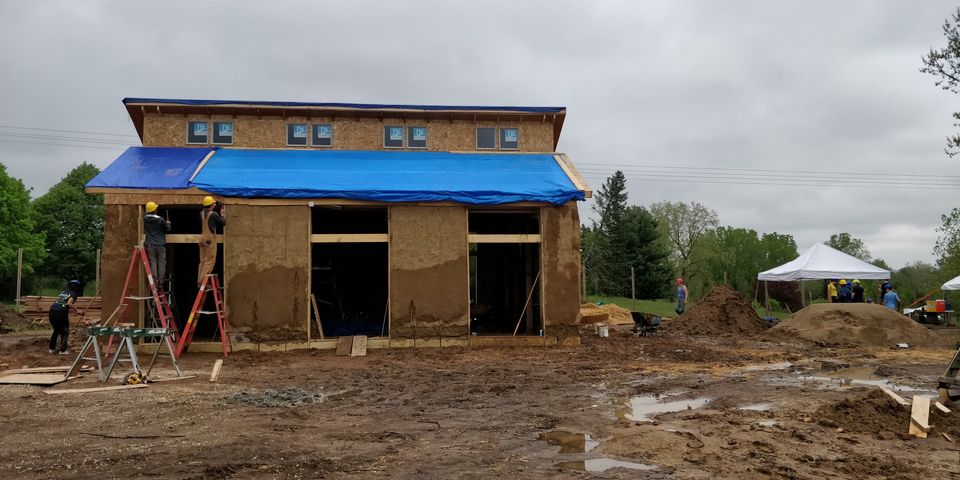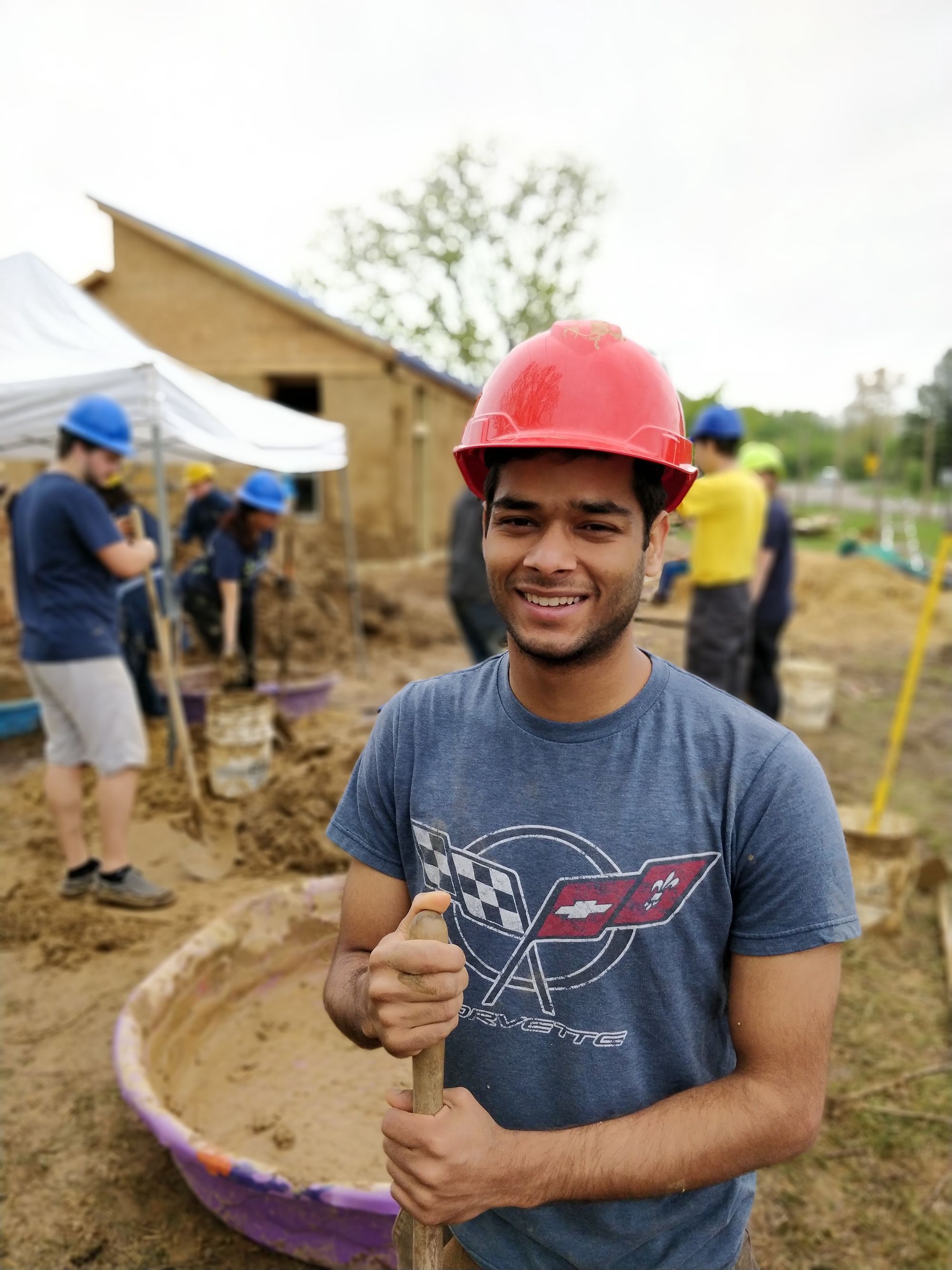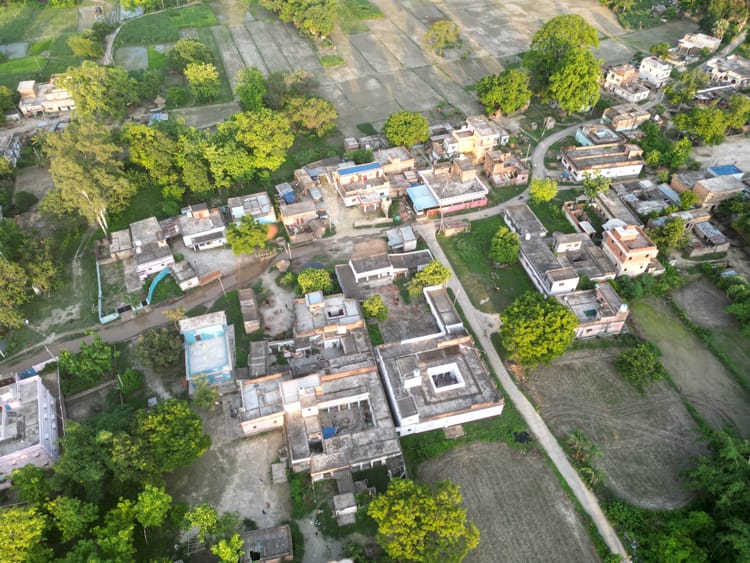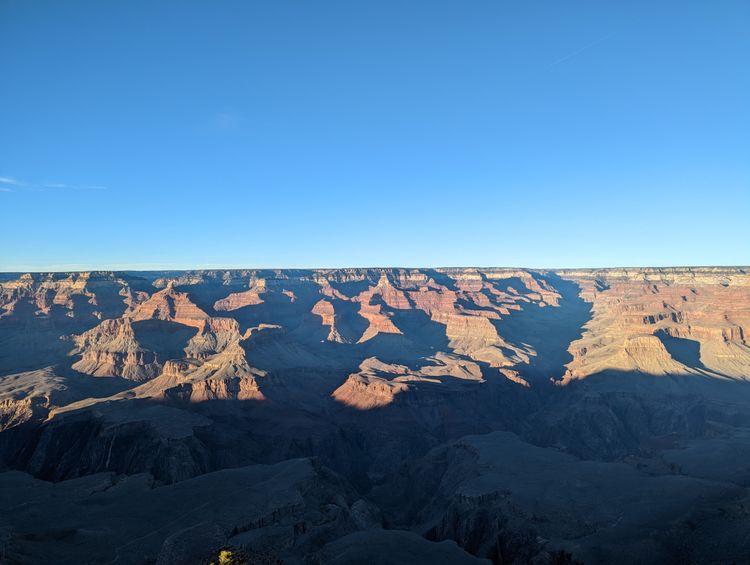Volunteering at Straw Bale Construction Site

As a Planet Blue Ambassador at the University of Michigan, I received an interesting email a few weeks ago. It was a volunteering opportunity to help build a straw bale house on the campus farm! My initial thought was “what’s a straw bale house”? I confirmed my hunch when I saw the top Google result from a Wikipedia excerpt:
Straw-bale construction is a building method that uses bales of straw (commonly wheat, rice, rye and oats straw) as structural elements, building insulation, or both. This construction method is commonly used in natural building or “brown” construction projects.
Some light reading turned into a couple hours of research online. I learned about thermal masses and insulation types, This type of construction reminded me of something like Middle Ages construction Europe, sans-straw thatch roofs. As I read and was later confirmed on-site, straw and dirt mixed together is sustainable because it can be locally sourced and has really good insulating properties.
Ever the inquisitive type or perhaps looking for another reason to prolong my procrastination, I signed up.
The day of my visit was wet as it had rained the previous night. There was mud everywhere and I sighed as I looked at the lack of boots on my feet. I would suffer the consequences for electing to disregard the boots mentioned in the volunteer email. The site itself was situated near the entrance to the University of Michigan campus farm, nestled between rows of crops and the main road. For those familiar with the Ann Arbor campus, the farm is what I call "North Campus beyond North Campus", tucked behind leafy woodlands several miles north of the core of North Campus.
A wooden frame with partly finished walls and a roof resembled the shape of the building. A group of people were situated to one side near an enclosed storage trailer. Several boys were on scaffolding around the structure installing timber window frames. The walls were more than a foot thick and some of them were naked straw bales while other parts of the wall were being caked in a plaster made from water, sand, stones straw and dirt.

I joined the group nearest to me and two strangers, Logan and Kelly, taught me the basics. I helped mix the plaster being applied to the straw bale walls. At first we used shovels but then switched to our hands to finely mix the slurry into a nice consistent texture. The pour, mix, and plaster process was quite soothing and four hours went by pretty quickly. I even stopped for my friend Bradley to snap this picture of me for social proof!

Later in the afternoon, groups left one by one to wash up and prepare for the picnic lunch. which was rather delightful. We went around the table and talked about why we were there. To my relief, I wasn’t the only newbie. Krista was a retired staff member of the University and cared about the environment. Josh, like me, wanted to learn more about the process. Logan was a PhD student studying environment. While a majority of volunteers present were students, we all did come a wide variety of backgrounds and age groups.
I also learned that Joe, the really nice guy with the plans and the know-how going around and showing people how to do things, was actually a professor in the art school and this was his second straw bale house on University property. This time, however, the effort was student-led and this modest building would be the first student-built building on campus since a majority of the work was done by his students.
When completed, this building will be used as a gathering place for picnics, interactive lessons, and by groups visiting the campus farm. I hope to come back in a few months to see the finished product!




